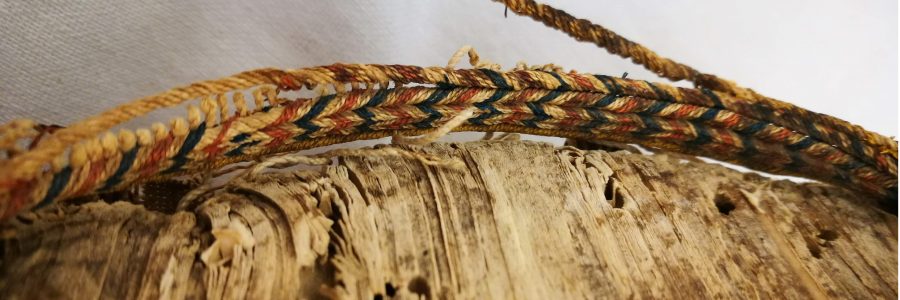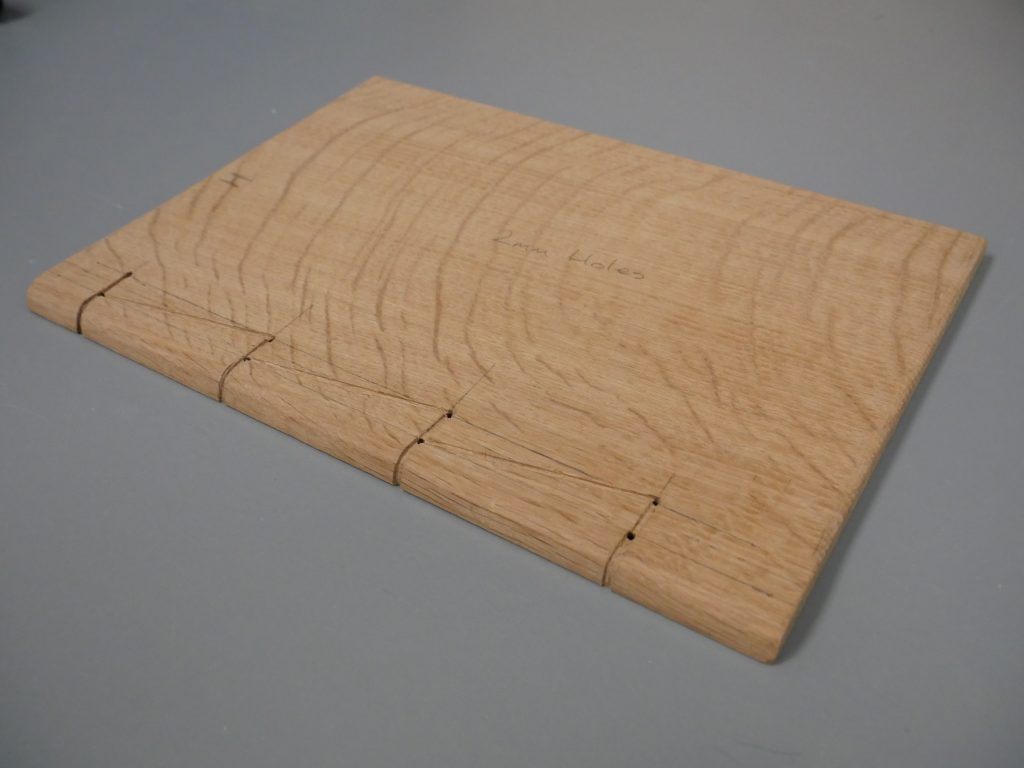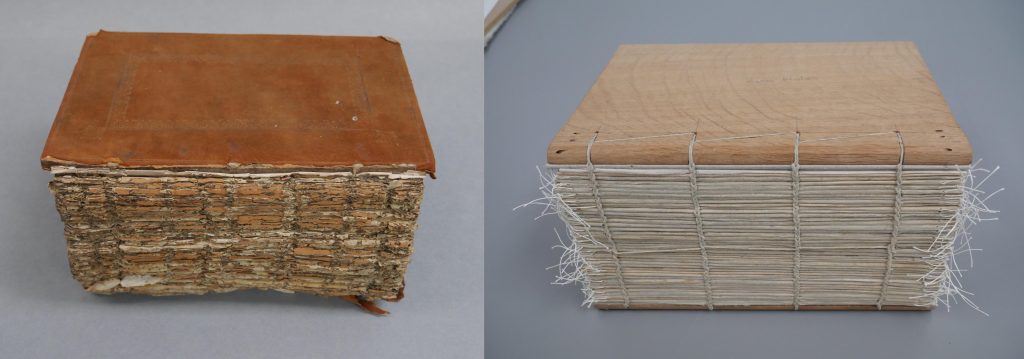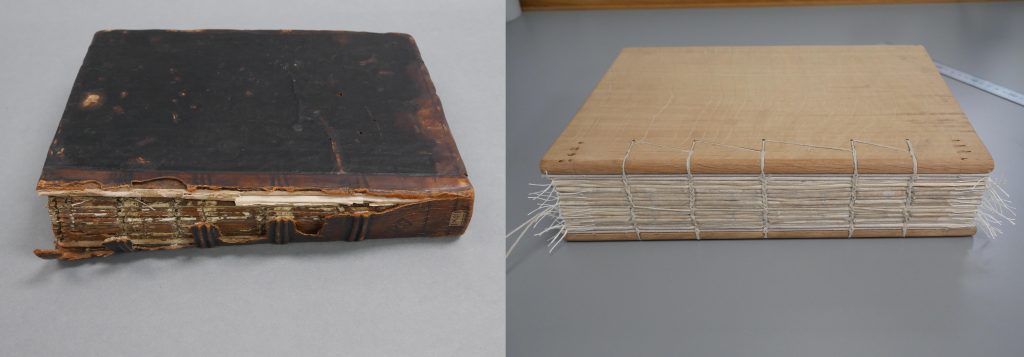
The Polonsky Foundation Greek Manuscripts Project: The conservators’ challenge – Part 3
Welcome to another Polonsky Foundation Greek Manuscripts blogpost. In this post we will be updating you all on the conservation treatments of CUL MS Dd.4.39 and CUL MS ADD.1840. These two manuscripts were amongst the most unstable surveyed by the conservators and are now part way through treatment. If you missed our previous posts then please discover more in Part 1 and Part 2.

In our last post we had just completed the repairs to the parchment textblocks, therefore our next step was to prepare the boards. Quartersawn oak was chosen for the boards for its strength and stability. The boards were first cut to size, before holes were drilled to accept the sewing thread. Next, the boards were shaped using a hand plane to create a shallow round at the spine-edge to meet the textblock. The head-, tail- and fore-edges were softened. The inside of the board was left flat. Finally, channels were cut to accommodate the sewing thread running between the holes.
To prepare the textblock for sewing we first folded Japanese paper around the outer fold of each gathering. These sewing guards act as a barrier between the original textblock and the new spine lining that will later be adhered to the spine. An extended hinging guard was placed around the first and last gatherings that will later be pasted onto the endleaves. Each gathering was tacketed to help them remain aligned throughout the sewing process and digitisation, which will happen before the manuscript is sewn. New endleaves were also created, each consisting of two folds of parchment and reinforced at the joint with an aerolinen and Japanese paper laminate. This reinforcement will later be pasted down to the boards.

The manuscripts were sewn in a traditional Eastern Mediterranean style. Unlike Northern European bindings, that are far more numerous in the CUL’s collections, this Eastern Mediterranean style does not use sewing supports but an unsupported loop-stitch. The boards are also integral to the sewing, meaning they are sewn along with the gatherings, whereas in the Northern European tradition boards are attached after sewing. Another difference is the fact that books are often sewn in two halves and joined in the middle, whereas Northern European sewing is typically completed as a whole.

After sewing the manuscript begins to look a lot like a book once again. Because of this it is a good point to reflect on the work we have done up to this point. Below, you can see the before treatment and after sewing photos of the manuscripts.


As can be seen the deteriorated adhesive and leather has been removed from the spines, the detached boards were removed, ready to be housed with the completed manuscripts at a later date and sewing introduced so that the books function how they were intended to. Each folio has been surface cleaned and repaired. Even at this intermediary stage the usability and stability of the manuscripts has dramatically increased.
Both CUL MS Dd.4.39 and CUL MS ADD.1840 have been through the treatment steps described above, though with subtle differences to suit each manuscript. Both are now ready for spine lining and then endbanding, which we shall share in our next blogpost. In the meantime look out for #PolonskyGreek posts on Instagram and Twitter.

Extraordinario trabajo. 1000 felicitaciones.
Y mucho conocimiento para tratar a cada uno de los libros.